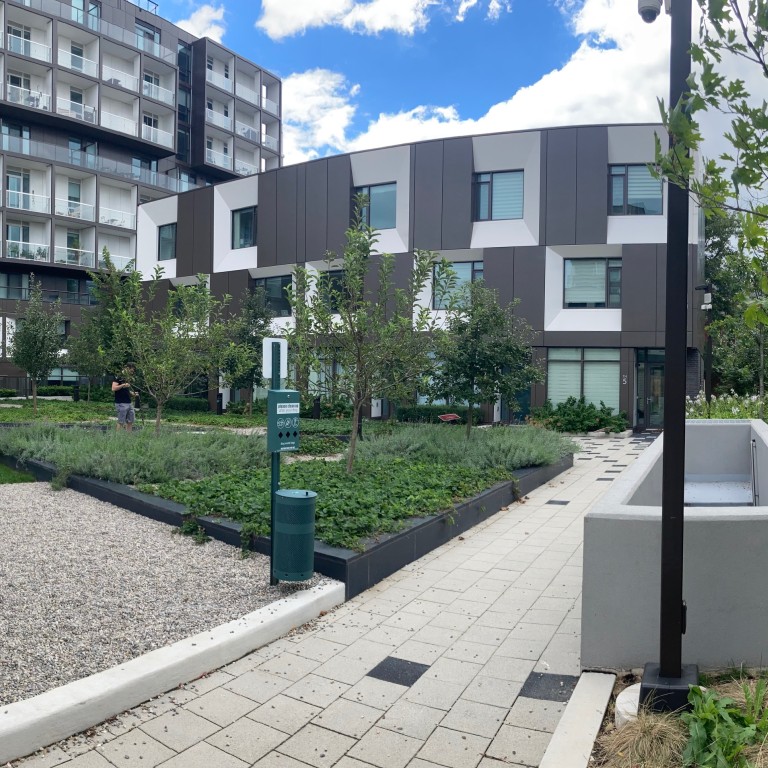How to identify paths to community ownership and power sharing
Power sharing and community ownership look and feel very different across places and communities. At its core, sharing power can mean that processes for change in neighbourhoods are grounded in reciprocal, fair and meaningful relationships with communities over the long-term. These strong relationships enable residents and city staff to share engagement and planning responsibilities (where possible, decision-making responsibilities as well) with communities while ensuring that all participating in the process are compensated fairly.
Engagement with community members, groups and organizations should not begin when the planning process is already underway. Work with communities early on - engage them in identifying priorities and initiatives for planning for their neighbourhoods, develop a set of shared values and design community engagement processes with them by drawing upon their intimate local knowledge of their neighbourhoods; make space for them to tell you how they want to be engaged.
Lessons Learned
- Define what power sharing and community ownership can look like for your planning project and process
- Engage with local community leaders, groups and organizations right from the start - design engagement strategies with them
- Develop reciprocal relationships with communities
- Power-sharing is a long-term effort
- Be mindful to avoid tokenistic consultation
- Develop shared values with communities
Tools

Worksheet
Co- Creation for Power Sharing
This tool supports you in identifying opportunities to share influence over different parts of the planning process and outcomes with residents, and in doing so, begin to share power.

Worksheet
Shifting Influence
This tool allows you to map the levels of influence that various groups within local communities have over planning and development decisions, and to identify ways to shift some of that influence to groups who carry less power within their neighbourhoods.
Related Case Study

Alexandra Park Revitalization Project
Alexandra (Alex) Park is a vibrant 18-acre downtown community bordered by Spadina Avenue (east), Queen Street West (south), Dundas Street West (north), and Bathurst Street (west). It was previously a …
Resources
For Public
- Checklist for identifying stakeholder needs – Community Engagement Toolkit for Planning, Queensland Government – P21
- Approaches to collaborative decision-making – OGP Participation and Co-Creation Toolkit, Open Government Partnership – Box 12 – P44
- Questions to ask if you are considering greater collaboration with your community – Shared Decision-Making, Creative People and Places and MB Associates – P6-8